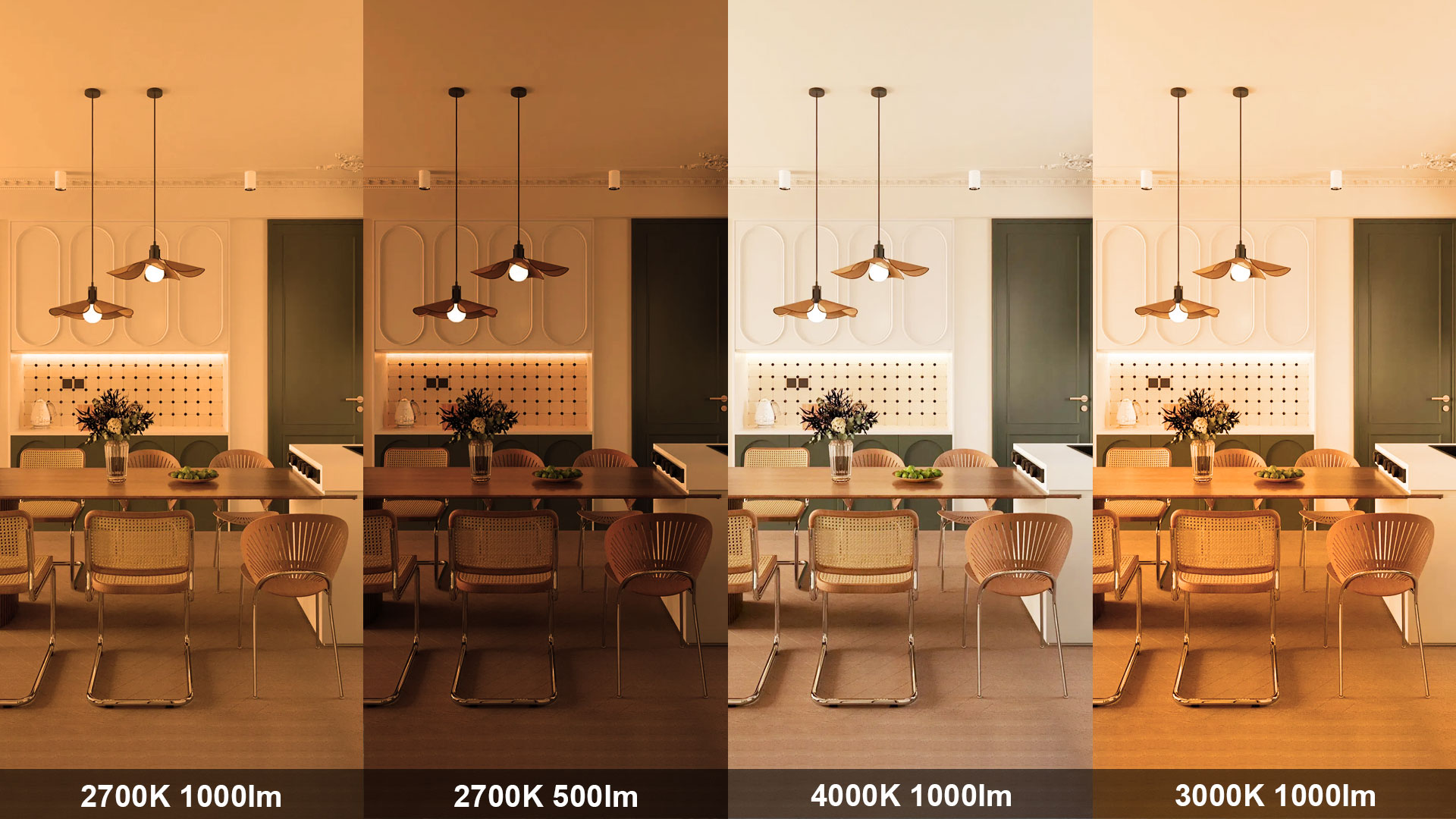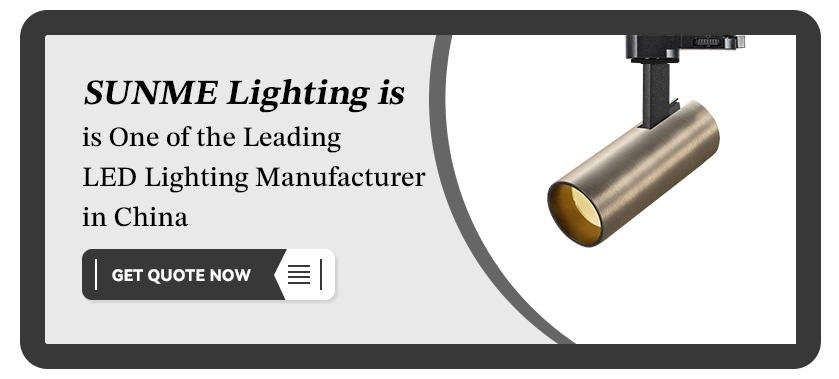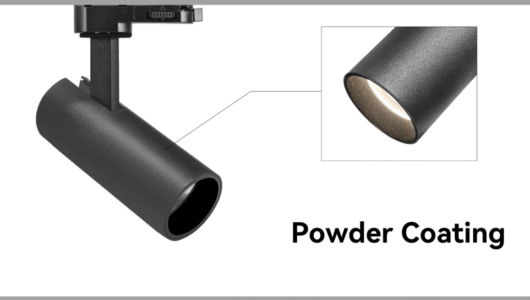
Have you ever put in a new light bulb and thought the room is now “too bright” or does it not feel comfortable ? Many people run into this problem. It comes from not knowing the difference between two things: lumens and Kelvin. Even though both are used to talk about a light source, they are not the same. Lumens tell you about brightness, while Kelvin is about color temperature. If you know about both terms, you can pick the right lighting for your home or business. This way, every room will look and feel the way you want with the right color temperature, amount of brightness, and the perfect kind of light bulb.
Why Lumens Vs Kelvin Are Often Confused
The main reason people mix up lumens and kelvin is the way we talk about light. Many people say a light is “too bright.” But, this can mean two things. It can mean the light gives off too many lumens, which makes it really bright. Or, it can mean the color temperature is too cool and makes the light look sharp and cold.
For most people, it is not easy to tell the difference between strong brightness and a high color temperature. A light source that has a very cool, blue-white color (like 5000K or more) can feel harsh and strong. People often say it looks brighter than a warm light, even if both have the same number of lumens.
This mix-up happens a lot when people try out new lighting for the first time. But as time goes on, and people see things like “3000K warm white” or “5000K daylight” on light bulb boxes, they start to see the difference. They begin to know that brightness (lumens) is not the same as color temperature (kelvin). It becomes a lot easier to pick the right light for them.
What Are Lumens?
Lumens (lm) are used to measure how bright something is. In everyday terms, a lumen is the amount of visible light that comes from a light source. When you see a higher number of lumens for a light bulb, it means there will be more brightness from it. So, lumens show you how much visible light comes out.
Back then, people used watts to judge how bright a light bulb might be. But now, with new led technology and more led bulbs around, watts only tell you how much energy the bulb will use. It does not show you how much visible light or brightness you will get from that light source. This is why lumens are better. They make it easy to know and compare any light bulb brightness and the actual amount of visible light.
Examples of Lumens in Everyday Light Bulbs
To get a real feel for lumens and bright illumination, just think about the bulbs you use every day. For a long time, the 60-watt bulb was the go-to choice for homes. Now, a led bulb that gives you the same brightness will use only close to 8 or 10 watts. This helps you see why using lumens is a better way to measure brightness.
Here are some common lumen levels to show you what they mean:
- 500lm: Matches a 40W regular bulb. Good for accent or table lamps.
- 800lm: This is about the same as a 60W bulb. It’s useful for most rooms.
- 900lm: Like a 75W bulb. Use it when you want things to be a bit more bright.
- 1500lm: Same as a 100W bulb. This level is perfect for places where you need bright illumination, such as kitchens or workshops.
You should know that a bulb’s kelvin number, like 3000K, is not tied to how many lumens it has. You can get an 800-lumen led bulb in many different colors. When you plan to buy bulbs, pick the brightness using lumen and choose your color with kelvin. That way, both parts fit what you want.
How Much Lumens Do You Really Need?
The amount of light you need in a room depends on what you do there. There is not one answer that is right for all places. You need to think about what the room is for. If a room is made for relaxing, it will need fewer lumens than a room where you do work or need bright illumination.
If you need some lighting in a living room or bedroom, try using about 10 to 20 lumens for each square foot. If the place is used for cooking, reading, or doing work, you will want more bright illumination. Aim for about 30 to 50 lumens for each square foot in those spaces.
You should also look at the light fixture you use. If you pick one overhead fixture for a whole room, that fixture must have a high amount of light and give out more lumens. If you use several small fixtures, like illuminazione a binario or recessed lights, each light can use fewer lumens because together they will have enough light to cover the room.
What Is Kelvin?
Kelvin, or K, is how we measure color temperature in a light bulb. It does not tell us the heat of the bulb. Instead, it shows what color the light will be. This helps you know if the light looks warm, neutral, or cool.
Most of the time, the Kelvin scale for lighting goes from around 2000K to 6500K. If the number is low, the light looks warmer and more yellow, like a candle. If the number is high, the light is cooler and more blue. That is like daylight on a cloudy day.
What Does 3000K Mean?
When it comes to the color temperature of light, 3000K gives off a soft and warm white glow. The light from this is more neutral and not as yellow as the 2700K kind. It still counts as warm light and is one of the easiest ones to use in most places. The 3000K light source helps make a room feel open and gives it a neat look.
A color temperature of 3000K really changes the way a room feels. It sits right between warm and clear, so people can feel calm while still getting what they need done. This is why people like it for many different uses. It gives you comfort for tasks and good light for going about your day.
You will see 3000K LED lighting most often in these places:
- Kitchens
- Bathrooms
- Offices and workspaces
- Retail environments
Kelvin Color Temperature Scale
Understanding the Kelvin scale helps you see how light changes from warm to cool. Think of this scale as a line. At one end, the light is soft and warm, like the glow from a fire. At the other end, it is bright, like the daylight you get at noon.
When you use the Kelvin scale, you can choose the right feel for any room. The main change between 3000K and 4000K light is the move from warm white to a cooler, neutral shade. Light at 4000K has a blue hint and feels more lively. It is good for places where you need to focus and work, like shops or workrooms.
Here’s a simple guide to color temperature on the Kelvin scale:
- 2700K: This is very warm and yellow. It’s like old bulbs and is nice for making people feel cozy.
- 3000K: This light is warm but not too soft. It is good in kitchens, offices, or bathrooms.
- 4000K: The light here is cool white and has some blue. Use it in garages, work areas, or shops because it helps people stay sharp.
- 5000K & above: You get a strong blue tone, like natural daylight. This type is great for working outside, putting things on display, or security.

Key Differences: Lumens vs Kelvin Explained
To put it simply, lumens vs kelvin tell you different things about a light source. Lumen shows you how much light is there. You use it to measure brightness. When you see a higher lumen number, that means the space will be brighter.
Kelvin is used to explain what the light looks like. It measures color temperature. This tells you if the light is warm with a yellow color, or cool with a blue color. These things are both important when you choose lighting.
Comparison Chart: Lumens vs Kelvin Side-by-Side
Sometimes the best way to understand two related concepts is to see them compared directly. The distinction between lumens and Kelvin becomes crystal clear when you look at their fundamental purpose and how they are measured. Both appear on the packaging of any modern light bulb, but they serve completely separate functions.
Lumens are all about the power and intensity of the light, while Kelvin is about the mood and feel it creates. You need to consider both to ensure your lighting is not only bright enough but also has the right color for the environment.
Here is a simple chart to break down the lumens vs Kelvin difference:
| Caratteristica | Lumens (lm) | Kelvin (K) |
|---|---|---|
| What it Measures | The total amount of visible light (brightness) | The color appearance of the light (color temperature) |
| What it Affects | How bright or dim a space feels | The mood or ambiance (warm/cozy vs. cool/energizing) |
| Unit of Measure | Lumens | Degrees Kelvin |
| Example Range | 100 lm (dim) to 1500 lm+ (very bright) | 2700K (warm) to 6500K (cool daylight) |
Color Temperature vs Brightness
Let’s look at how color temperature and brightness work together in real life. Say you have two bulbs. Each has 800 lumens. One is 2700K and the other is 5000K. Both bulbs be just as bright. But the 2700K bulb gives off a warm, cozy light. The 5000K bulb gives off a light that is more blue-white and feels a bit harsh.
In home lighting, both 2700K and 3000K are good for comfort. The 3000K bulb is not as yellow as the 2700K. It looks a little more clear and be good for seeing things when you do little jobs. But it’s not cold. That is why many people use the 3000K bulbs in kitchens or bathrooms.
When thinking about color temperature, brightness, and lumens for various applications, consider these ideas:
- Retail Store: Use high lumens for brightness. Pick a neutral Kelvin such as 3000K-4000K. This will help show all product colors clearly.
- Cozy Restaurant: Go with moderate lumens for soft light. Very warm Kelvin, such as 2700K or lower, can give people that cozy feel.
- Home Office: Use high lumens for good visibility when doing tasks. A neutral or cool Kelvin—3000K-4000K—is good to help people focus and can be easy on the eyes.

Selecting the Right Lumens Vs Kelvin for Each Space
Now that you know these basic ideas, this is where you get hands-on with light. Picking the right number of lumens and the right Kelvin means you match the light to each area in your home or business. You will notice that a bedroom does not need the same type of lighting as a store.
Choosing an LED light fixture with the correct details matters a lot. It changes a room from having just some light to using lighting in a good way. The guide below gives simple tips for various applications. This helps take out all the guessing from your next lighting job.
Recommended Lumens Vs Kelvin for Living Room, Kitchen, Bedroom, Office, and Retail (with Table & Visuals)
Choosing the ideal lighting can feel complex, but this guide simplifies it. For most spaces, you’ll want a baseline of ambient light and then add brighter, more focused light for specific tasks. A wide variety of LED bulbs are available in 3000K, including standard A19 bulbs, recessed downlights, track lights, and strip lights, making it easy to implement in any room.
For ambitious commercial or architectural projects that require precise control over both brightness and color, working with a specialized manufacturer is key. Companies like SUNME LIGHTING offer advanced solutions that can be customized to meet the exact lumens vs Kelvin specifications of your project, ensuring a flawless result.
Here is a table with general recommendations for home & office lighting:
| Spazio | Recommended Kelvin (Color) | Recommended Lumens (Brightness per sq. ft.) |
|---|---|---|
| Soggiorno | 2700K – 3000K (Warm & Inviting) | 10 – 20 lm/sq. ft. |
| Cucina | 3000K – 4000K (Bright & Clean) | 30 – 40 lm/sq. ft. (higher for task areas) |
| Camera da letto | 2700K (Cozy & Relaxing) | 10 – 20 lm/sq. ft. |
| Office | 3000K – 4000K (Neutral & Focused) | 30 – 50 lm/sq. ft. |
| Retail | 3000K – 4000K (Clean & Accurate Color) | 50 – 75 lm/sq. ft. (higher for displays) |
Conclusione
Knowing the difference between lumens vs kelvin helps you pick the right lighting for your space. The way brightness, which is measured in lumens, and color temperature, which is measured in kelvin, work together can make your home or work area feel just right. Using the right lumens and kelvin can change how your rooms look and also how you feel and work in them. If you are still not sure which choices are best for you, you can contact us for a free consultation. Get advice that is just for your needs.

Non avete un'e-mail aziendale? Clicca qui!
Indice dei contenuti
Non avete un'e-mail aziendale? Clicca qui!




